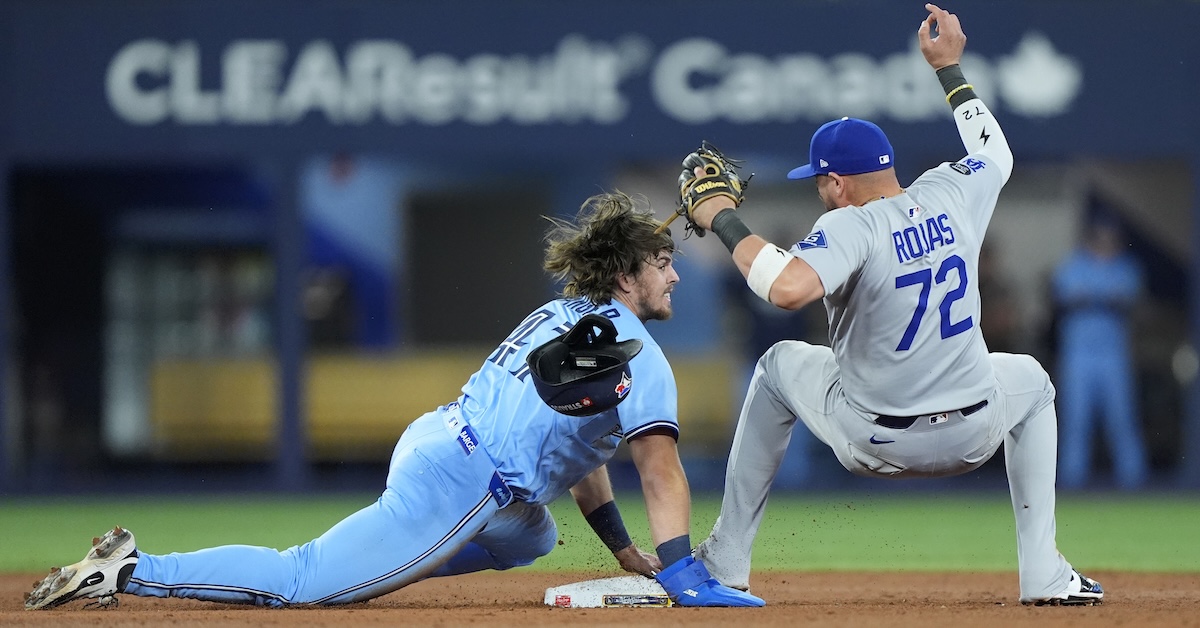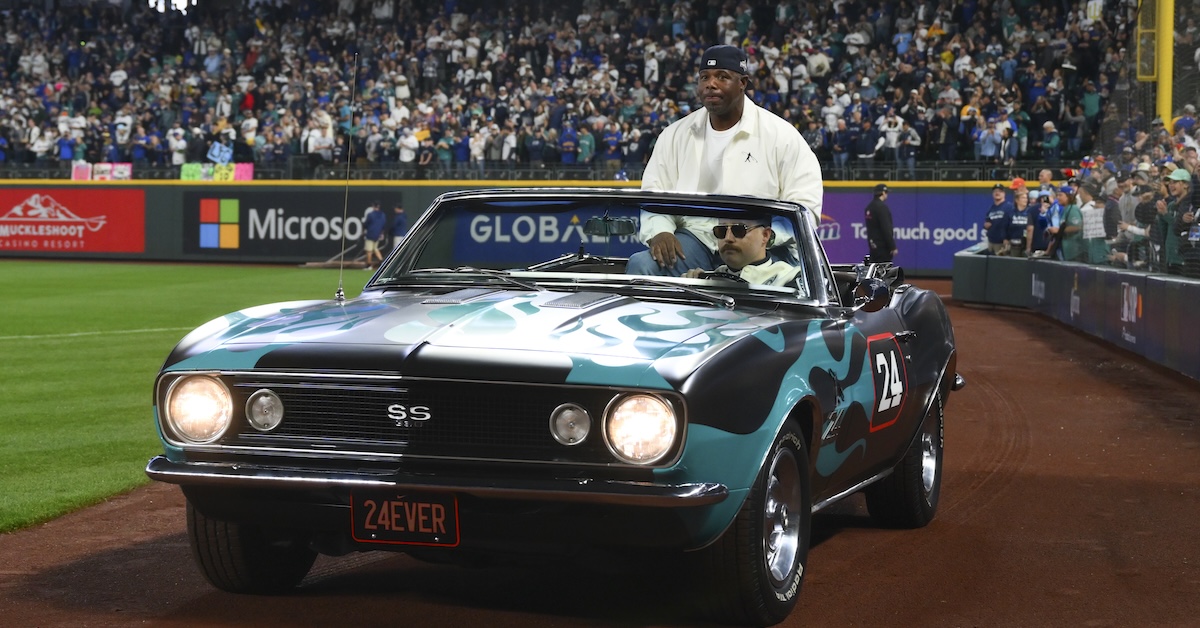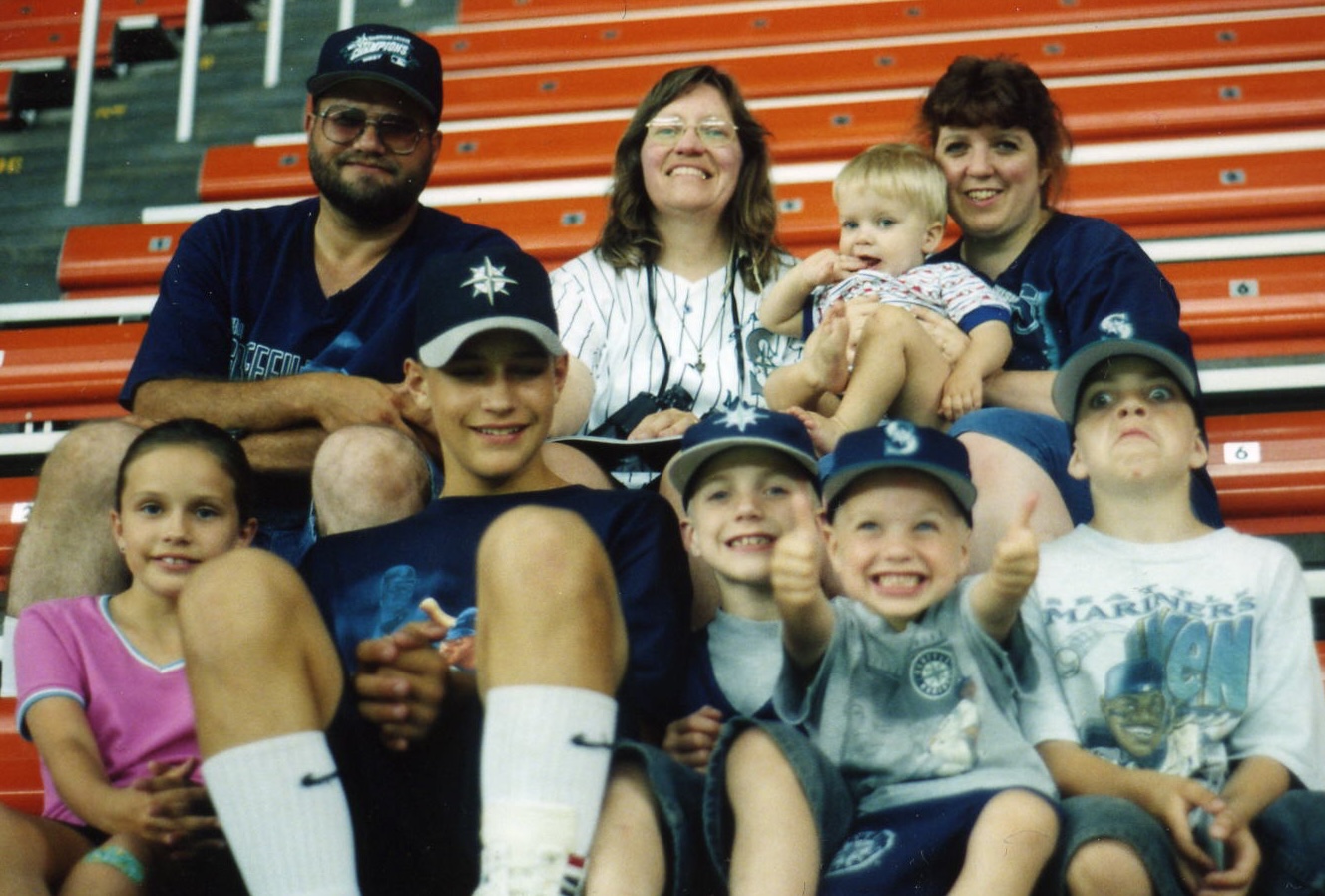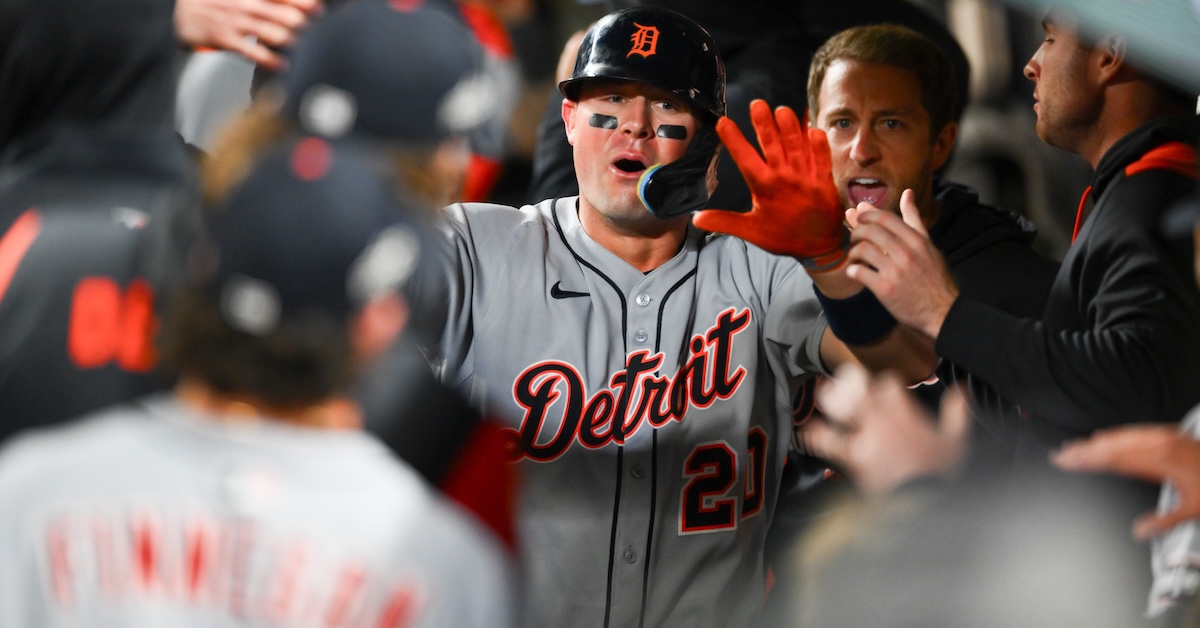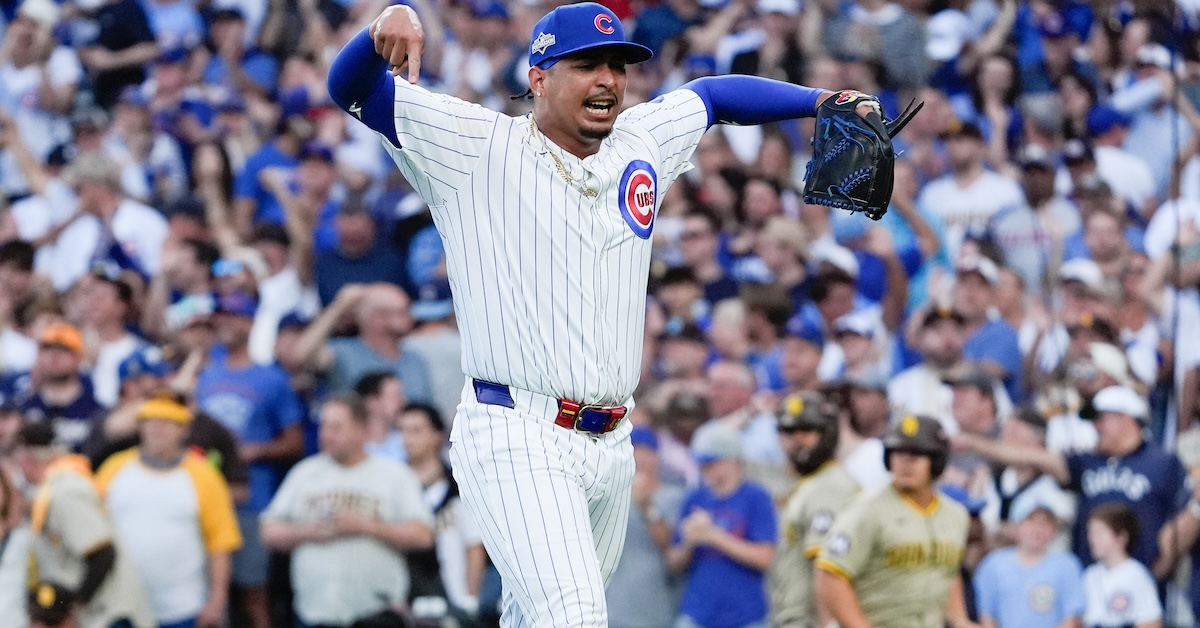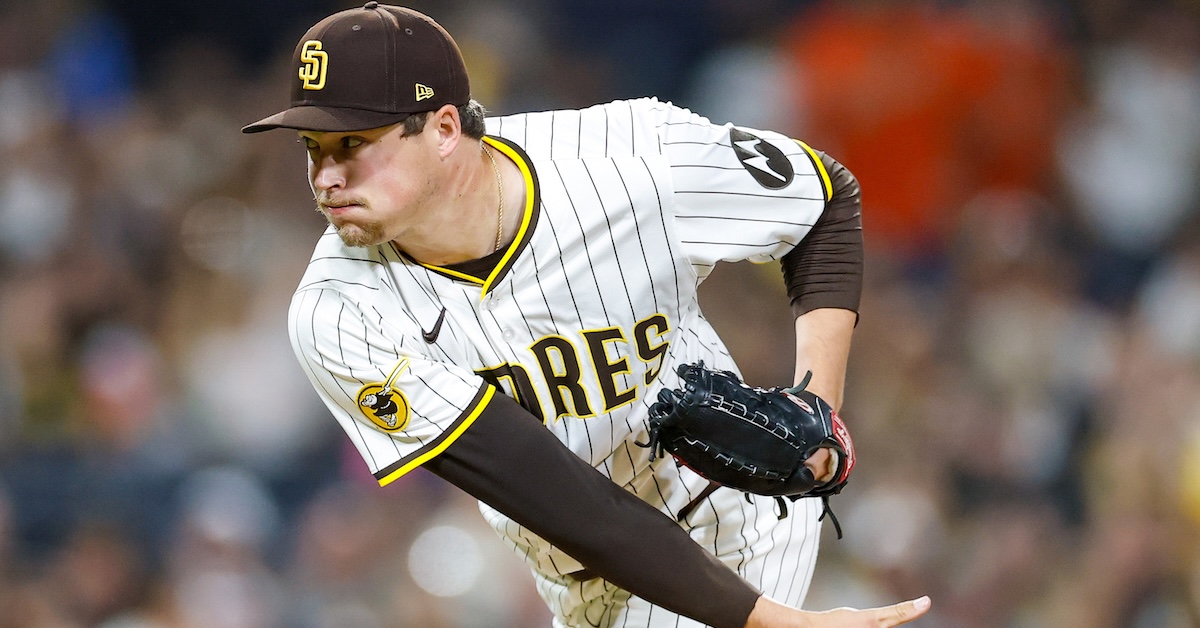The WPBL Has Teams and Players Now

The Women’s Pro Baseball League held its inaugural draft on Thursday night. For many of the players who heard their names called, getting to play professional baseball is a dream they’ve carried since childhood, one they knew might never come true. Play won’t get underway until next August, but with the WPBL draft now in the history books, the dreams of 120 women are meaningfully closer to being realized.
Thursday night’s draft was the culmination of a busy few months for the new league. Since I last wrote about the WPBL in January, the league has announced key logistical information, such as the number of teams that will play during its first season, where those teams will play, and how much the teams will pay the players, and has also provided an update on the WPBL’s media and broadcast strategy. But despite all the new intel on how the league will be run, a few key components are still unknown. So before recapping the draft and the open tryout that determined the pool of draft-eligible players, let’s get up to date on what we do and don’t know about the WPBL so far.
If this is the first you’re hearing of the WPBL, here’s a quick primer. It’s a professional baseball league for women, the first of its kind since the All-American Girls Professional Baseball League (AAGPBL), which ran from 1943 to 1954. The WPBL was co-founded in October of 2024 by Justine Siegal — who is best known for founding Baseball For All, “[A] girls baseball nonprofit that builds gender equity by creating opportunities for girls to play, coach, and lead in the sport” — and Keith Stein, a businessman, lawyer, and member of the ownership group for a semiprofessional men’s baseball team in Toronto. Read the rest of this entry »
